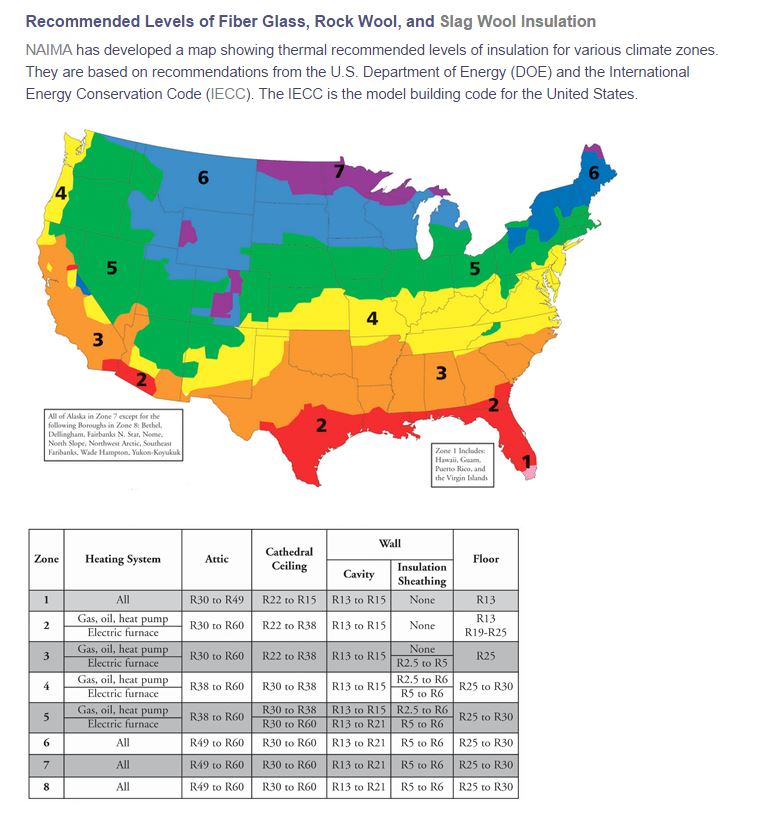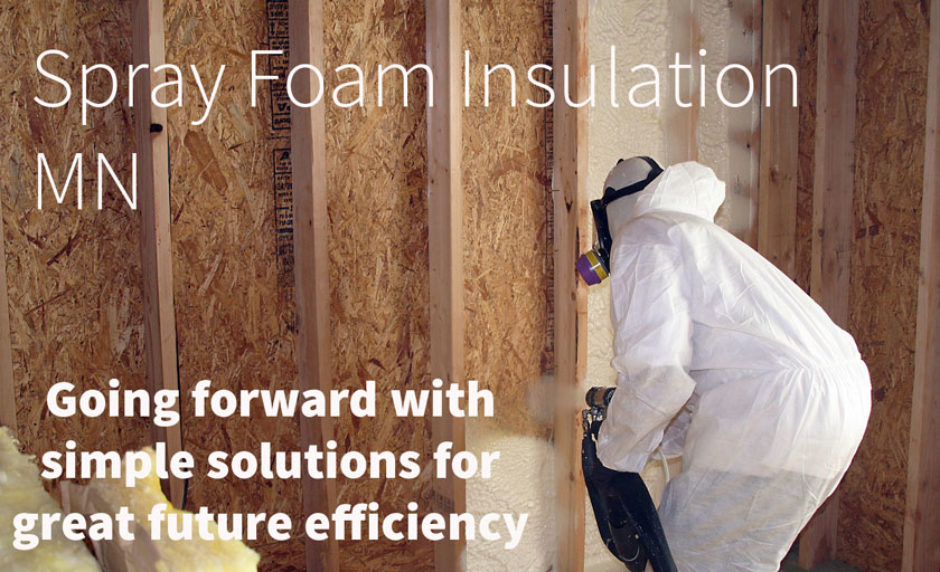Is your R Value of 5 or 6 really enough of a good value when you are adding insulation? This is a good topic, as today there are new insulation products that start with an R Value of 1 and go all the way up to 7. The factor is a term that shows “R” as a Resistance to Heat flow, and then a number. The R Value of 5 or 6 will work for most areas of the United States, and be over kill for many. There are many ideas that too much insulation will not allow water vapor or moisture to leave the material walls, and cause mold and mildew. The fact is, with a vapor barrier, you will not have to worry about this issue, but many people do not have the tools or skills to create an effective vapor barrier.
One of the most effective vapor barriers is a mud house or a mud wall. The thickness of the native american classic earth home is always more than a foot in depth, and water is washed away from the outer layer, and never reaches the internal baked wall within the home. When we build a wall with natural materials, the thickness is the key to a R-Value of 50 or more. A dirt or mud wall does this with easy vapor barrier access and transitions. No need to insulate in this case, as all homes made of earth are at a constant temperature of 55 degrees. No matter what the weather!
With fabricated materials, an R Value of 5 or 6 will work for most homes in North America, working in conjunction with already existing insulation of R Value of R13 to R21. The material on top of the R13 to R21 certainly should be able to breathe…the internal insulation does not have to breathe, and can be a good vapor barrier from the elements.

Map of US Zones for Insulation Recommended R Value Amounts http://www.naima.org/insulation-knowledge-base/residential-home-insulation/how-much-insulation-should-be-installed.html
Acceptable Insulation Installed under R Value of 5 or 6
What kind of insulation should you use under the skin of R Value 5 or 6? Spray foam is the best, because it is the perfect easy vapor barrier for all insulation that covers it. The key to your home feeling comfortable, wind resistant, and able to weather any storm, is to build up pressure variances that keep it warm, safe and sound. Good forms of insulation are spray foam, fiberglass, recycled blue jeans, cotton or wool batting, or even lots of foam boards fixed up and down in the side wall rafters. Spray foam in use with foam boards, can be tricky, but it will give you the ability to use less spray foam, and build a nice flat surface on the interior of your walls. Many good ideas, and great ways to buffet your home from weather.
